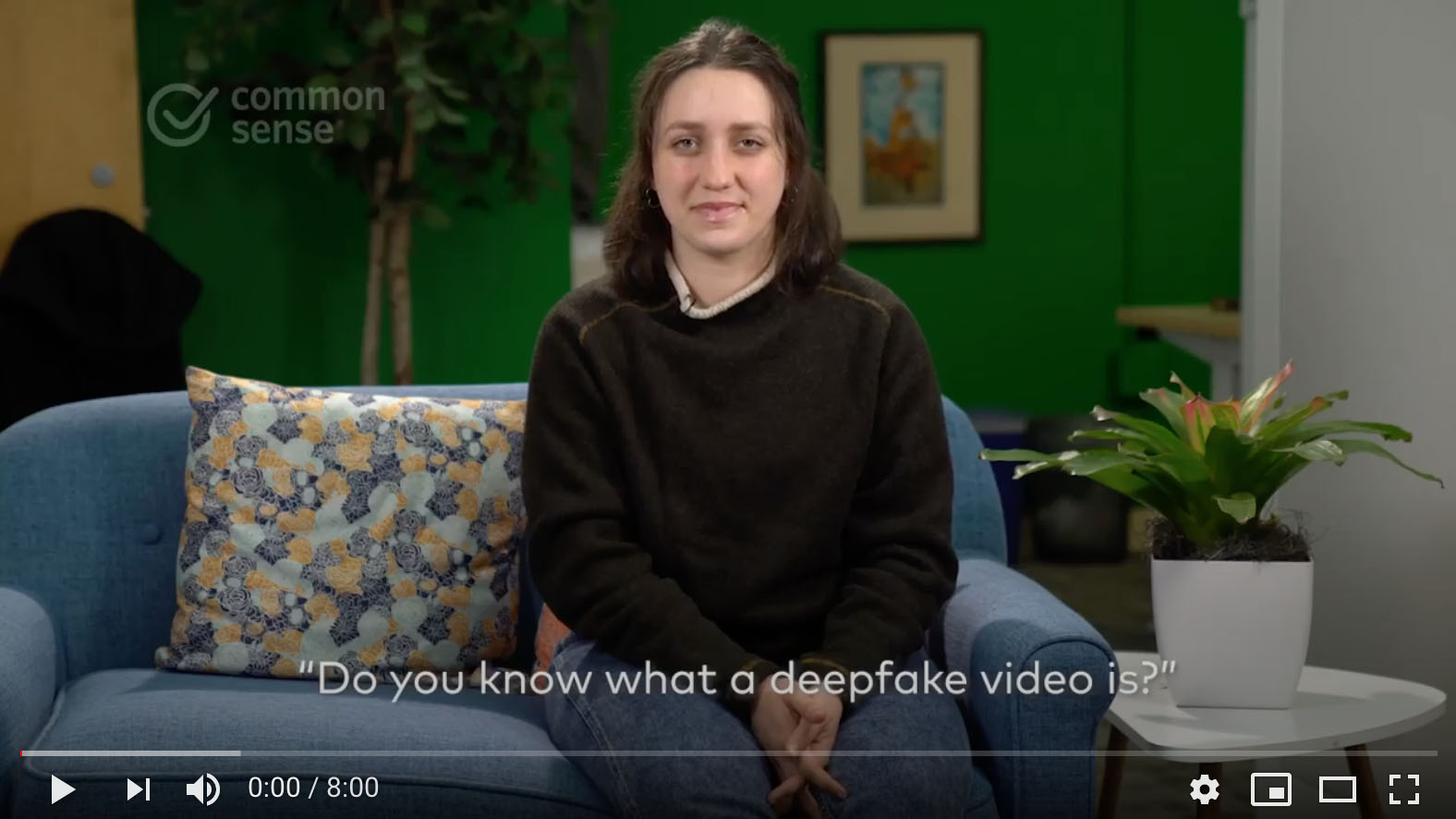The relationship between social media and the news is a cultural phenomenon that no one—probably not even the CEOs of Twitter, Facebook, and Snapchat—ever predicted. According to Common Sense Media's report, News and America's Kids: How Young People Perceive and Are Impacted by the News, half of all kids 10–18 get their news from online media. While adding a social element to news has undoubtedly engaged more young people in current events, it's also created divisions, increased the spread of false information, and allowed people to avoid opposing points of view by remaining inside a social circle of like-minded friends.
But social media as both a source of news and a creator of news is here to stay. The dimension it's given to news has become vital. It's enabled more voices to be heard, more stories to be told, and more exposure to significant events to be shared. As with everything, there are pros and cons to the social aspect of news. It’s possible to understand both the positive and negative effects of the relationship between social media and news to enable people to be well-informed participants.
It can be daunting for a first-time voter or even a seasoned voter to sort through this year’s misleading election coverage. The Young Voter’s Guide to Social Media and the News has essential information about identifying credible sources and diverse perspectives so you can build your own informed viewpoints. Common Sense has collected everything you’ll need to get ready for this election. Learn more here.
Here are some pros and cons of the elements that social media brings to news:
Citizen journalism.
-
Pro: Social media has allowed people to broadcast direct, first-person accounts of events without going through a reporter working for a news organization. This can be especially powerful in places where individual voices are oppressed, filtered, or simply not represented.
-
Con: Now that anyone can build a website or post any information they want, content creators are not necessarily reliable sources of information. Plus, this kind of coverage can be especially visceral and raw.
Friending, following, commenting.
-
Pro: Social media allows every individual to have a voice in the news through comments and posts. It can bring together people who share the same views.
-
Con: People tend to friend and follow others who believe the same things they do to the exclusion of other viewpoints. Using social media sites such as Facebook allows people to surround themselves (virtually) with others who agree with and reinforce their ideas, can play a role in dividing us.
Sharing.
-
Pro: Sharing is what makes social media so fun. It exposes you to more content, and you can see what your friends say about it.
-
Con: Sharing is so easy that people don't tend to explore the factual accuracy of what they share. Plenty of kids who have shared news through social media say that they later found out a story they shared was fake.
Immediacy.
-
Pro: Social media enables us to hear about current events while they're happening. When tragedies or natural disasters occur, friends and family can check themselves as "safe," so you don't have to worry.
-
Con: Immediacy—and our expectation of it—leads to stories being reported before we know all the facts.
Fighting Misinformation -
Getting ready to vote but not sure if you can trust what you’re reading or seeing? Or what each social media platform’s election information policies are? Platforms’ responses to misinformation vary greatly, with some companies taking different approaches to fighting misleading, inaccurate, or downright false content. You can’t rely on the Twitter and Snapchats of the world to tell you when something online is fake or take down misleading news.
Common Sense did the research so you didn’t have to, and broke it down by platform in the Social Media Scorecard. It is especially important when getting news from social media to employ the strategies we talked about in our section on breaking news. There are also online tools you can use to sniff out inaccuracies. and some questions you can ask when presented with something that seems too good (or bad) to be true.
If you want to see what's on your ballot and explore the issues, we recommend checking out Ballotpedia's Sample Ballot Lookup Tool.
Deep Fakes:
What is a Deep Fake?
A "deepfake" is a video created using artificial intelligence (AI) showing real people doing and saying things they never did. They are being used as entertainment, as satire, or as political and propaganda weapons, and while you might think you can easily spot them, the technology that makes them is getting better and more available.

Spotting Deep Fakes
Since humans can be easily deceived, it may be up to tech companies to help us recognize deepfakes and flag potential ones. Many are developing sophisticated algorithms and AI for this purpose. For instance, the software company Adobe, the creator of Photoshop, partnered with University of California Berkeley researchers to train AI to recognize facial manipulation. This tool could eventually help consumers detect deepfakes. In the meantime, the following characteristics might help you recognize one:
-
face discolorations
-
lighting that isn't quite right
-
badly synced sound and video
-
blurriness where the face meets the neck and hair
Get familiar. Spend 10 minutes watching this explanation of deepfakes from Above the Noise or this rundown of some of the most popular deepfake videos to date.
|

